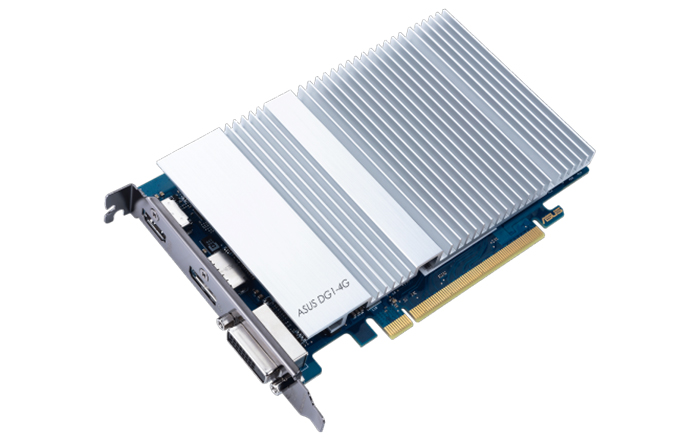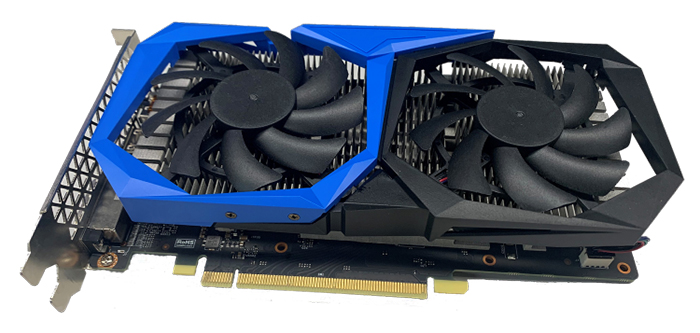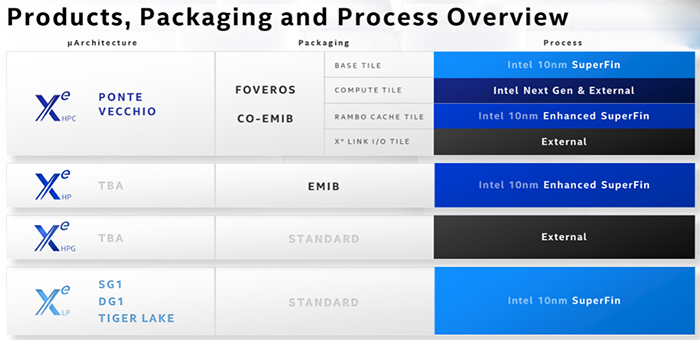Intel has announced that partners have released the first Iris Xe desktop PC graphics cards. Manufacturing partners include Asus and Colorful but are only going to be available for OEMs and systems integrators who are expected to use these in mainstream and business PCs. These PCIe 4.0 cards are based upon the Xe-LP architecture, like the iGPUs in the Tiger Lake family, and are optimised for economy and efficiency. Intel isn't going to address the PC gaming market until Xe-HPG arrives.

According to Intel the new graphics cards "offer a compelling upgrade to existing options in the market segment". It reasons that these 25-30W GPUs with 80 EUs and 4GB on board offer an attractive array of outputs, hardware video decode and encode acceleration, including AV1 decode support, Adaptive Sync, Display HDR support, and artificial intelligence capabilities thanks to DP4a deep-learning inference acceleration.

Asus has a passive sample ready for OEMs, and Colorful has a 2+ slot card with what looks to be an over-specced twin fan cooler strapped on.
For a guesstimate of performance, the Intel Core i7-1185G7 with Iris-Xe graphics and 96 EUs runs at up to 1.35GHz, lacks dedicated memory, but performs twice as fast as Intel's previous iGPU champ. For a clearer idea of the integrated 96 EU Iris Xe MAX's capabilities it is worth looking at NotebookCheck's recent article on Iris Xe MAX gaming (FFXV, The Witcher 3, GTA V and more comparisons).

Xe HPC ready to power on
In another Intel Graphics news nugget, Raja Koduri took to Twitter a few hours ago to announce that the "Xe HPC (is) ready for power on". He provided a die shot of the sizable processor and teased that it utilises "7 advanced silicon technologies in a single package".
click to zoom image
HardwareLuxx editor Andreas Schilling quickly responded by bullet pointing the seven tech highlights of this design, and rustled up an Intel Xe-HPC 'Ponte Vecchio' block diagram, as shown above right.
- Foveros
- CO-EMIB
- Base Tile (10nm SuperFin)
- Compute Tile (Intel Next-Gen / External)
- Rambo Cache Tile (10nm Enhanced SuperFin)
- Xe Link I/O Tile (External)
- HBM














